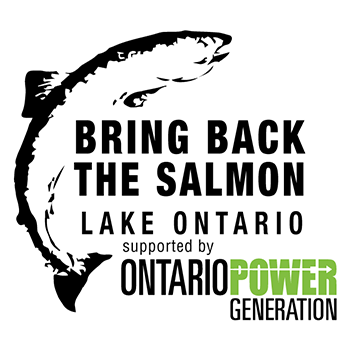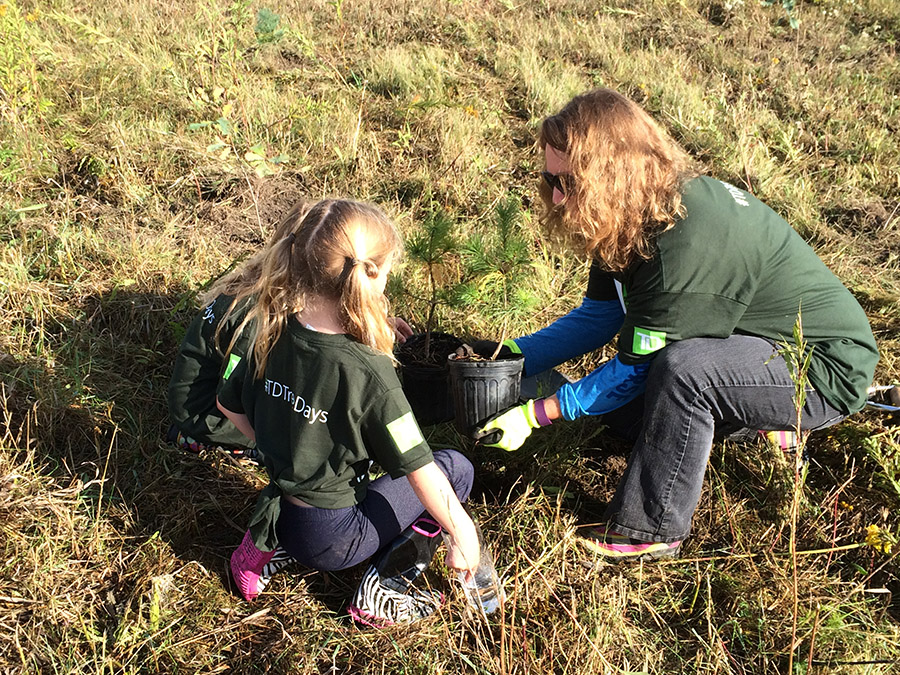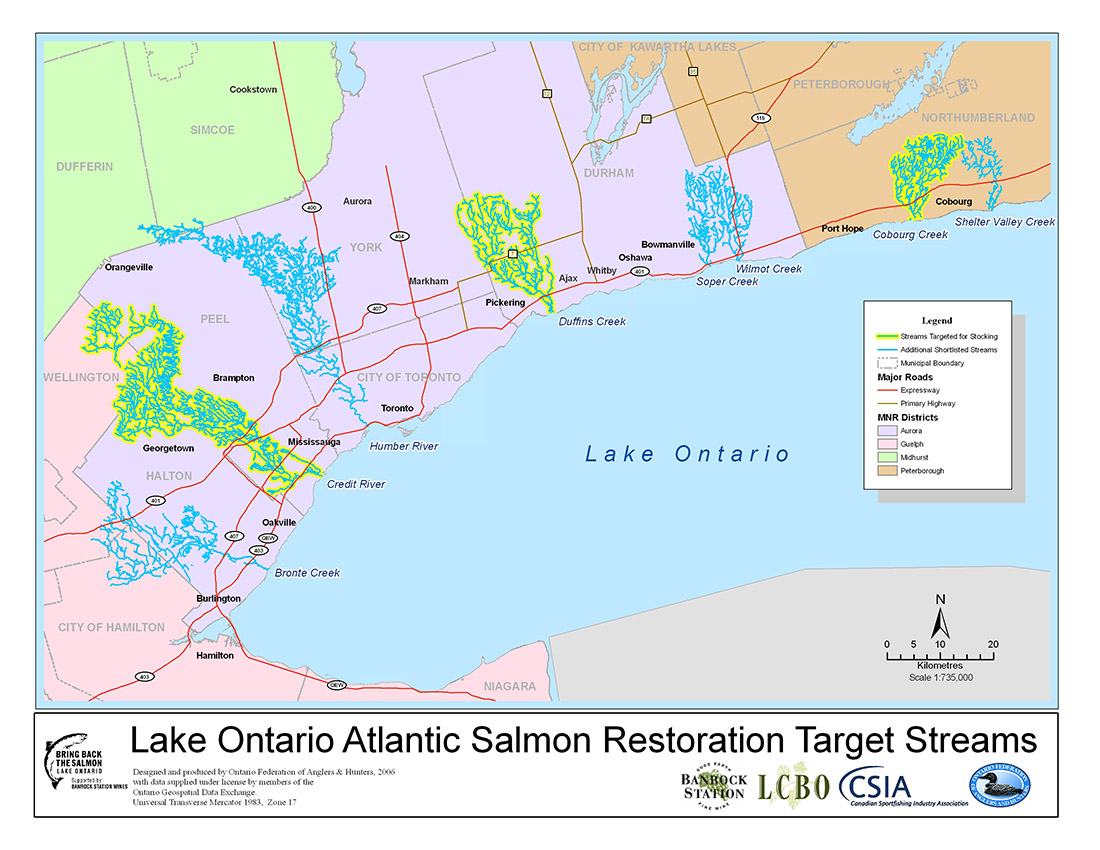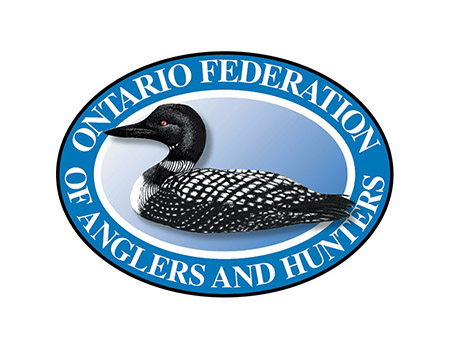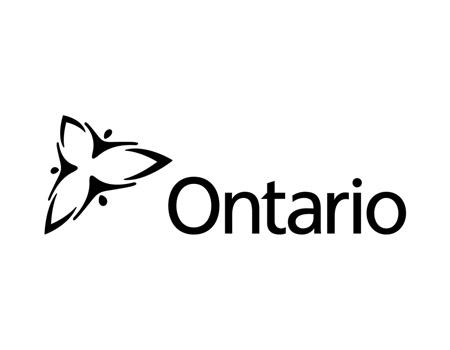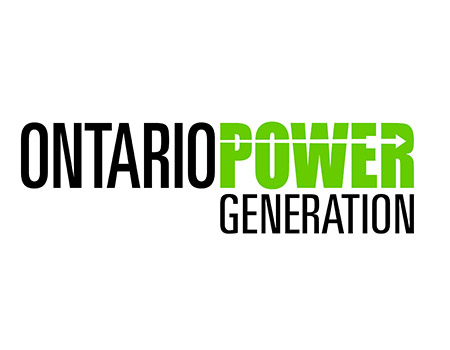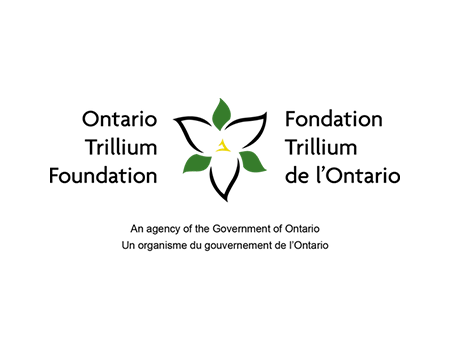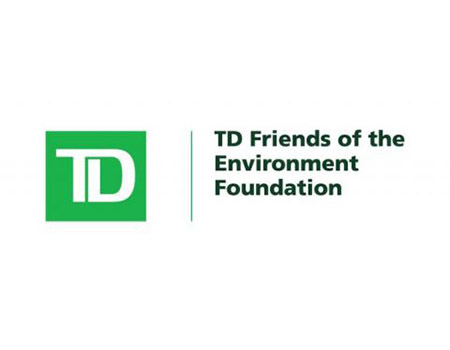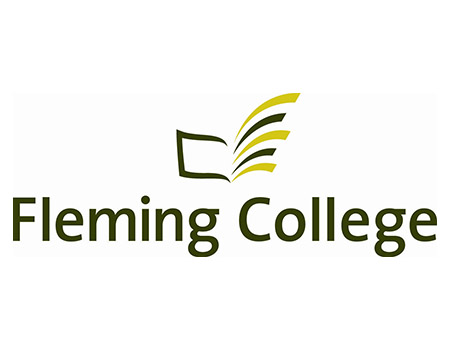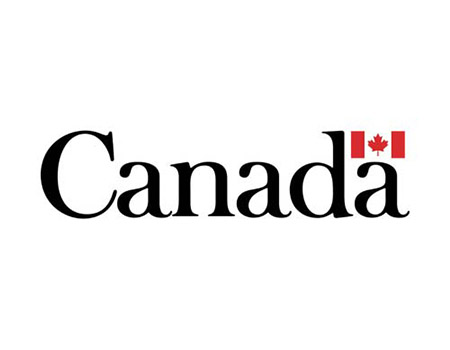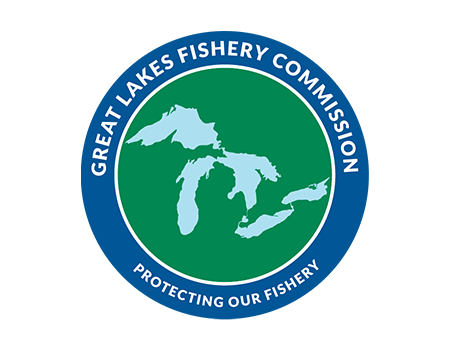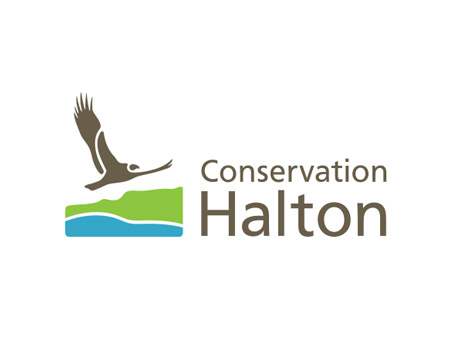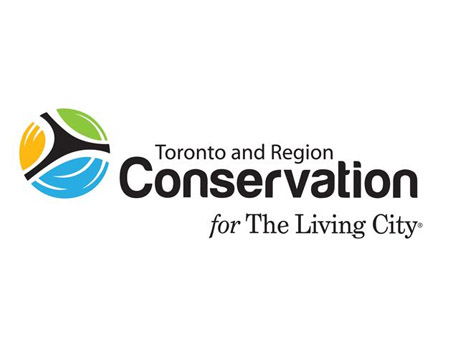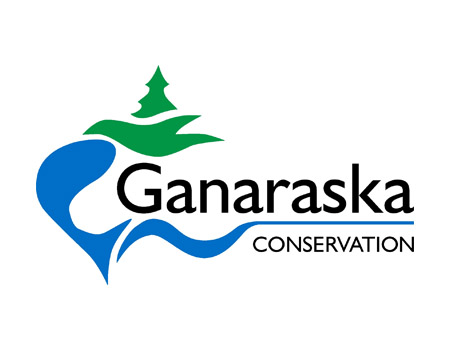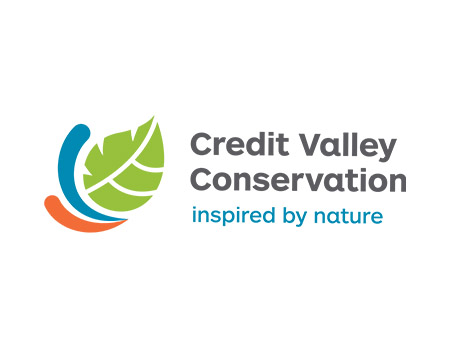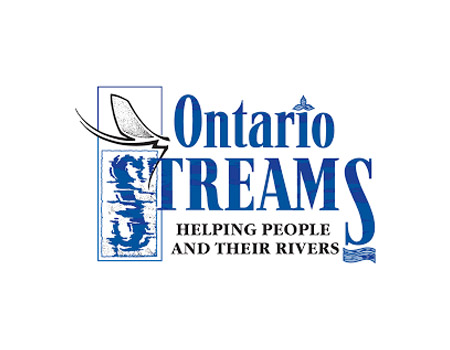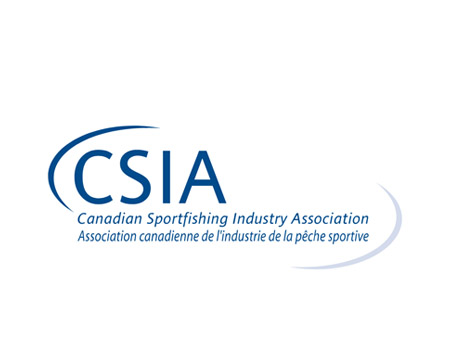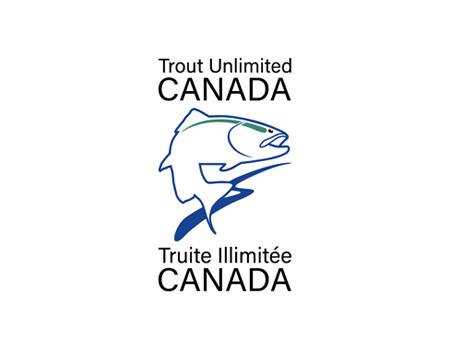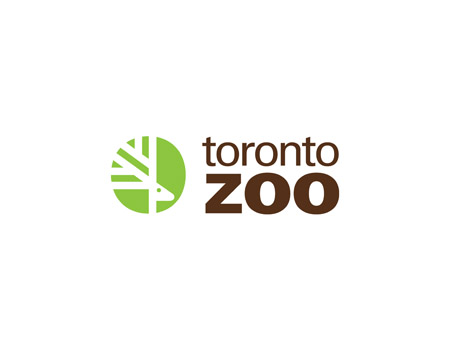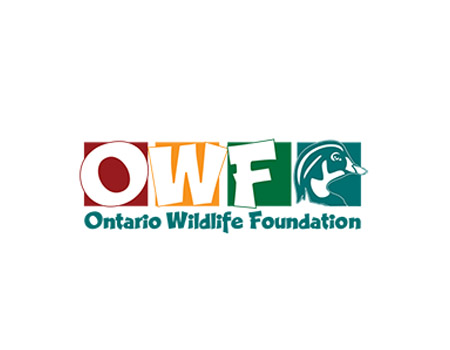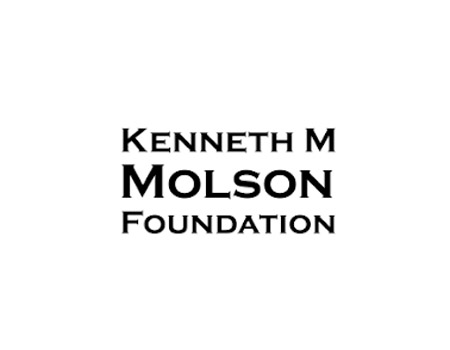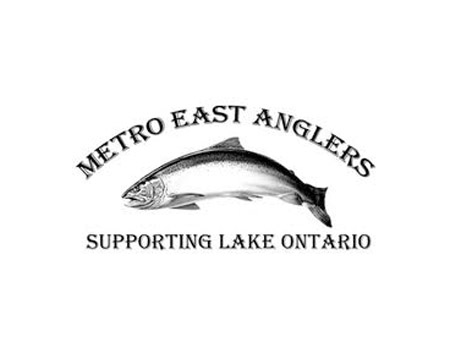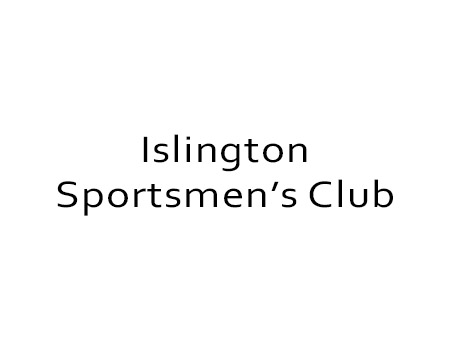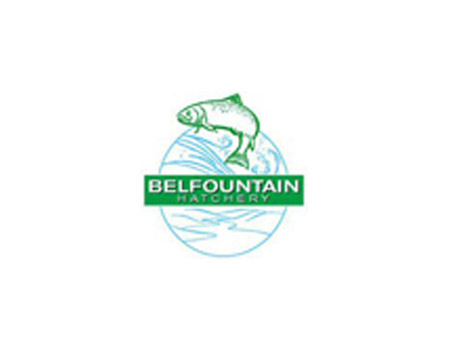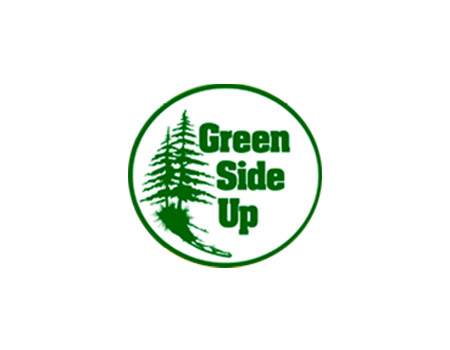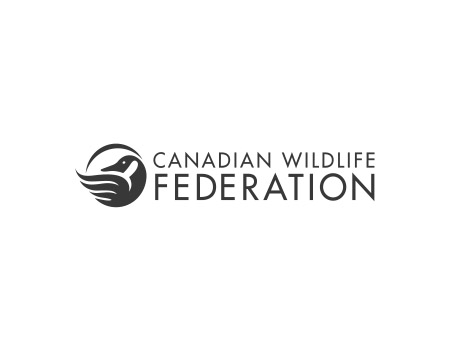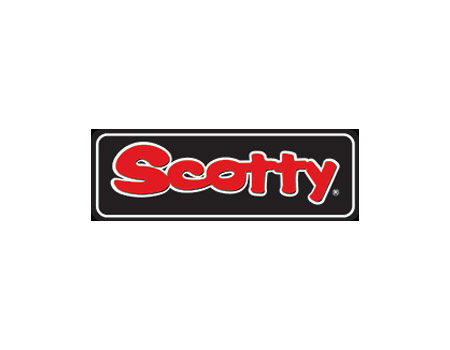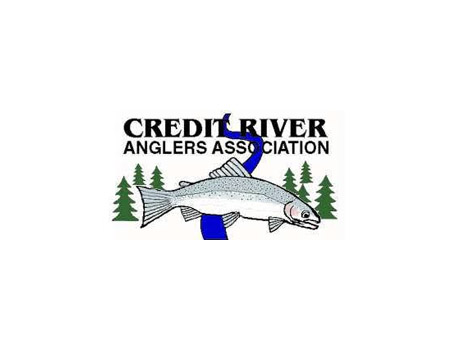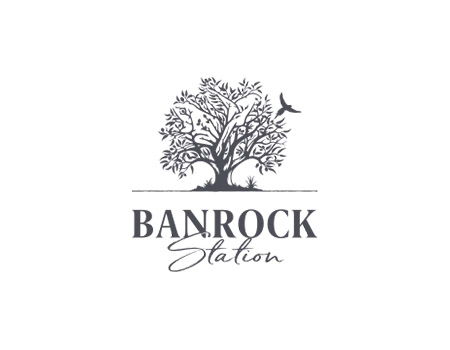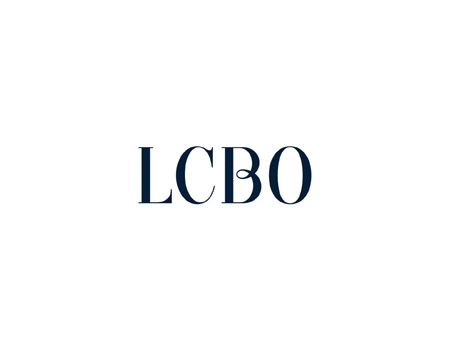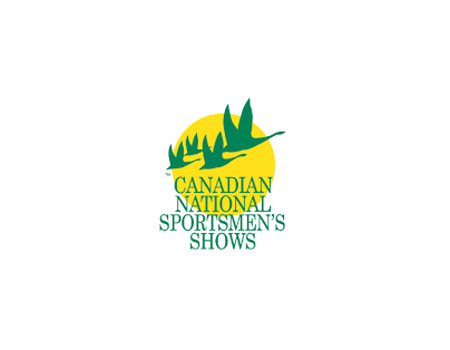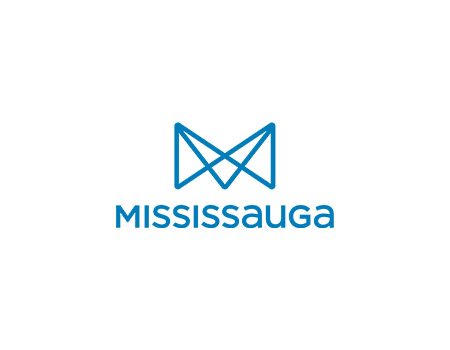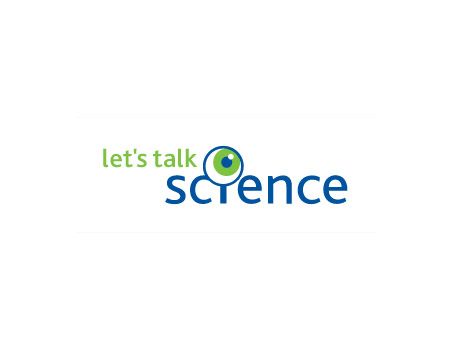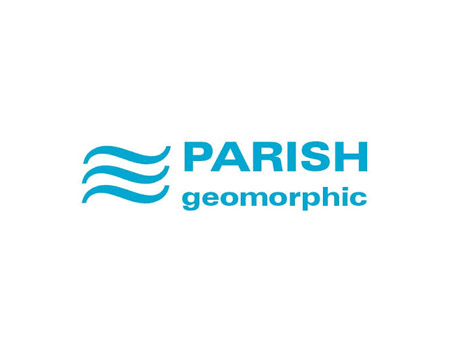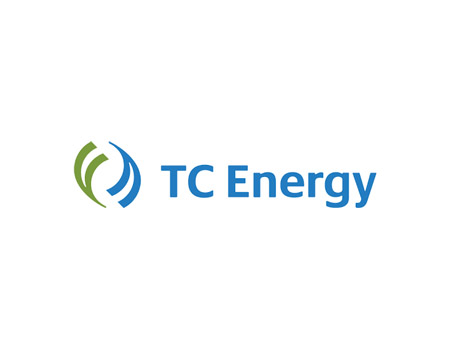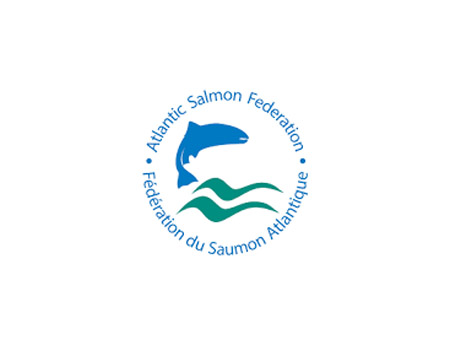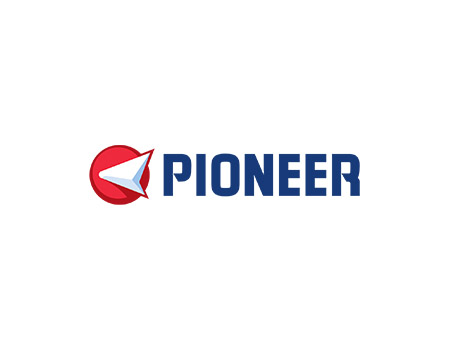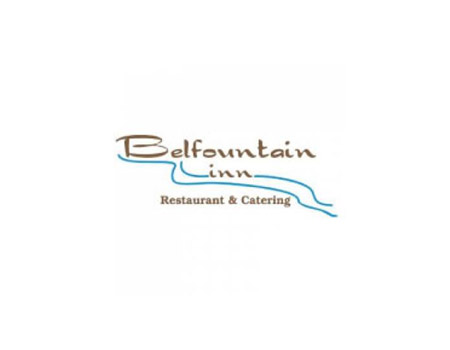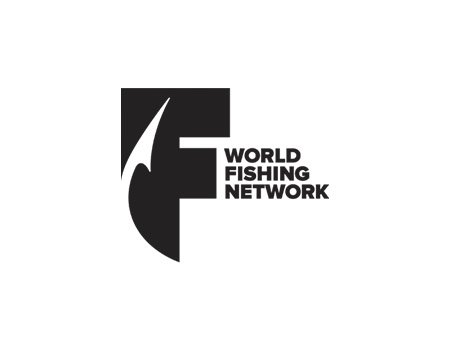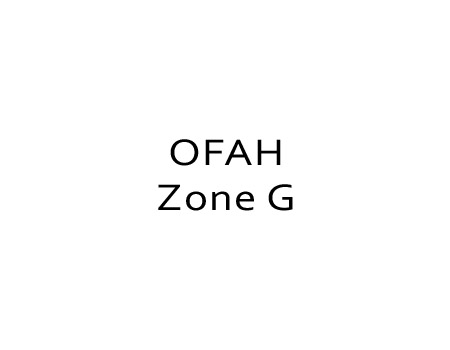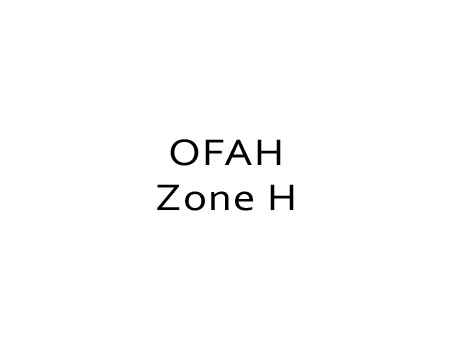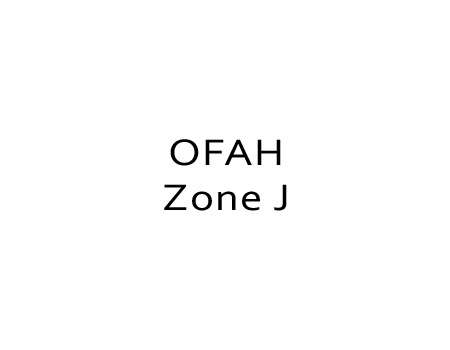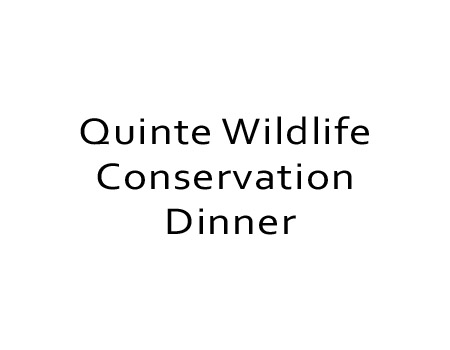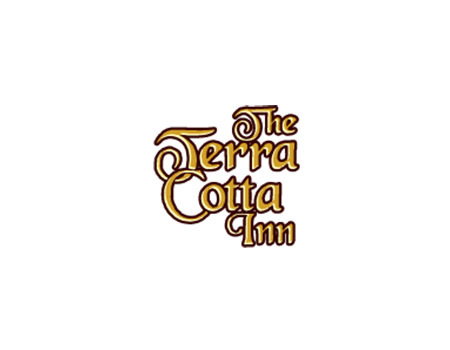More than a century after our once thriving population of Atlantic Salmon was last seen in Lake Ontario, the Ontario Federation of Anglers and Hunters (OFAH) and the Ontario Ministry of Natural Resources and Forestry (MNRF), together with many other partners, are working to bring Atlantic Salmon back to the lake. This treasured species is an important part of our natural heritage and part of Ontario’s rich biodiversity.
For early European settlers, Atlantic Salmon were an important food fishery and were so abundant that they could be caught by the barrel. Settlement took its toll on the local environment, however, and Atlantic Salmon were one of the first fish species in the Great Lakes to be wiped out by human activities. Decades of rehabilitation and pollution control improved the health of the watersheds, and years of research by the MNRF and others demonstrated it was possible to restore Atlantic Salmon to the tributaries of Lake Ontario, so in 2006 the OFAH and more than 40 partners launched a major initiative to restore a self-sustaining Atlantic Salmon population to Lake Ontario and its streams. This was envisioned as a 20-year restoration program.
The Lake Ontario Atlantic Salmon Restoration Program, also known as Bring Back the Salmon, has four components: fish production and stocking, water quality and habitat enhancement, outreach and education, and research and monitoring. Learn about our latest updates in our summer 2019 newsletter.
Public support is key to the achievement of this historic restoration effort. Helping to stock fish, keeping an angler diary, supporting our corporate sponsors and adopting an Atlantic Salmon are all important ways that people can help bring back the salmon.
The Lake Ontario Atlantic Salmon Restoration Program has been described as a cornerstone of the province’s biodiversity strategy, and the signs are there that the program is succeeding in restoring Atlantic Salmon to Lake Ontario and its tributaries.
Phase I
Phase I, completed in early 2011, saw more than 2.5 million fish stocked into three target tributaries (Credit River, Duffins Creek, Cobourg Brook), nearly 100 habitat projects completed, and thousands of students and volunteers engaged in the process of returning Atlantic Salmon to our waters. Just four years into the project, the first wild-born Atlantic Salmon in over 110 years was recorded in one of the target tributaries.
Phase II
Phase II was launched in May, 2011, with a new major sponsor in Ontario Power Generation, and a new partner in TD Friends of the Environment. The LCBO continued to contribute to the restoration effort in Phase II, and Fleming College raised thousands of Atlantic Salmon in their school hatchery. Fisheries and Oceans Canada, Trout Unlimited Canada, Ontario Streams, Great Lakes Fishery Commission, Canadian Sportfishing Industry Association, Transport Canada and four Conservation authorities; Toronto and Region, Ganaraska, Credit Valley, and Halton, provided financial or in-kind support. Many community groups and individual landowners continued to pitch in, and across southern Ontario, over 8,000 students raised a year Atlantic Salmon in their classrooms, with help from Let’s Talk Science and the Toronto Zoo.
In Phase II, a further 3.4 million Atlantic Salmon were stocked, a cumulative 10-year total of 198 habitat restoration projects were completed, a new catch-and-release fishery launched, and a major science review on the program undertaken. The end of Phase II saw a new five-year strategy developed, taking lessons learned from the past ten years to guide the program through to the spring of 2021, beginning with the stocking of yearling Atlantic Salmon into the Ganaraska River in April 2016.
Phase III
In May of 2016, theOntario Federation of Anglers and Hunters (OFAH) and its Bring Back the Salmon partnerscelebrated the launch of the third five-year phase of the program, which features more than 40 partners working to restore the once thriving Atlantic Salmon to Lake Ontario and its tributaries.
The OFAH and the Ministry of Natural Resources and Forestry (MNRF)continue to head the initiative, with integral support from lead sponsor Ontario Power Generation (OPG), TD Friends of the Environment Foundation and multiple conservation authorities, including Toronto Region Conservation Authority (TRCA), Ganaraska Region Conservation Authority and Credit Valley Conservation.
The Bring Back The Salmon program includes fish stocking, habitat rehabilitation, research and education. MNRF is raising production salmon in two facilities in addition to Fleming College raising Atlantic Salmon in its teaching hatchery, while OPG’s Pickering nuclear station and TRCA’s Claremont Field Centre, along with almost 100 other facilities, also play host to small Atlantic Salmon classroom hatcheries.
Moving forward, the main focus of the third phase of the program will be geared towards tracking the movements and number of adult Atlantic Salmon.
Phase IV
Fish Production & Stocking
In order to re-establish a self-sustaining population of Atlantic Salmon in Lake Ontario and its tributaries, a large number of Atlantic Salmon must be stocked into the selected streams to form the basis of a recovering population. In 2006, the Ontario Ministry of Natural Resources and Forestry (MNRF) committed to doubling their production to 400,000 fry. They also increased the number of their broodstock to make more eggs available in 2007 and beyond, and developed two additional broodstock populations of different genetic strains, for a total of three – LaHave River (Nova Scotia), Lac St. Jean (Quebec) and Sebago Lake (Maine). We stock spring yearlings, spring fry, and fall fingerlings from the three strains.
As the size of broodstock populations expanded, it reduced the capacity of MNRF facilities to produce fry and yearling fish. To meet this challenge, MNRF facilities were upgraded, while the capacity within OFAH clubs and other clubs to raise fish was also developed. The MNRF is responsible for all broodstock to ensure that the best genetic diversity is maintained and fish health protocols are followed.
Additionally, Fleming College’s Fish and Wildlife Program and Aquaculture Post-Graduate Certificate students operate the college’s fish hatchery facility for Atlantic Salmon. Students at the college participate in all aspects of the Atlantic Salmon restoration program, from raising fish in the hatchery, to stream and water quality rehabilitation, to stocking and monitoring fish and habitat quality.
If you’re interested in learning more about how the fish are raised, Metro East Anglers (Ringwood Fish Culture Station) has a documentary from 2013 that shows the hatchery process.
Habitat and Water Quality Enhancement
Habitat protection, restoration, and enhancement are essential components of the BBTS program. The program has identified critical areas for habitat protection and restoration/enhancement within each of the watersheds targeted for Atlantic Salmon restoration. These prioritizations include activities that will improve physical habitat, water quality and quantity, and connectivity among habitats. Atlantic Salmon have a complex life cycle, and so require the use of a wide cross section of interconnected habitats.
The habitat team identifies and addresses the major factors limiting the life history stages of Atlantic Salmon as needed. To help achieve habitat protection and restoration/enhancement, the habitat team works with landowners, MNRF, DFO, conservation authorities, municipalities, non-government organizations such as Ontario Streams and Trout Unlimited Canada, and the public.
The core types of projects the BBTS program works on are:
- Modification, by-pass, or removal of online dams and ponds to re-establish natural channels, decrease stream temperatures, and allow fish passage.
- Tree planting in riparian areas to stabilize banks and decrease sedimentation and water temperature.
- Cattle fencing and alternate watering systems to prevent riparian grazing, erosion, and in-stream habitat destruction.
- Bank stabilization projects to minimize erosion and sedimentation of spawning and nursery areas.
Major Science Review of the Restoration Program (2006-2013)
Restoring a native species that was extirpated (locally extinct) takes a long time, and the LOASRP was founded in 2006 with the expectation that it would take time and iterative learning to bring back a self-sustaining population of this famous fish. A series of benchmarks covering 20 years of restoration was developed in the 1990s to guide the progress of restoration. The program is built around an adaptive management cycle of planning-implementing-monitoring-evaluating, and in the winter of 2014, a major science review took the information learned through our monitoring and research programs and put it through a critical evaluation with outside experts brought in to provide their Atlantic Salmon expertise and advice.
The review is available to the public here
Some key findings of the review:
- Atlantic Salmon nests and wild juveniles (naturally reproduced from adult fish stocked as young fish) were discovered – the fish are able to complete their life cycle.
- Thiamine (vitamin B1) levels in Atlantic Salmon are high enough to support successful natural reproduction.
- Most returning adults were from fish stocked as spring fingerlings (the smallest size/age typically stocked).
- In-stream survival and growth of juvenile Atlantic Salmon through their first summer generally met or exceeded benchmarks.
- Survival of older stocked fish and juveniles leaving the river (smolting) was low and needs to be addressed.
- There is a significant challenge in observing returning adult Atlantic Salmon based on the timing of their arrival in the rivers, the numbers of other species in the rivers, and possible straying to other rivers.
- Competition with other salmon and trout species needs to be monitored but is not a critical limiting factor, nor is harvest in the open water of Lake Ontario.
The program partners will respond to the science advice and management implications in the review through a 5-year plan (in development), with updated objectives and strategies for achieving the goal of the program.
Monitoring/Assessment/Research
Monitoring/assessment/research are integral aspects of the program will allow us to adapt in response to successes and challenges as we move forward, part of an adaptive management cycle of Planning – Implementing – Monitoring – Evaluating. Since Atlantic salmon have been extinct for over 120 years in Lake Ontario, much is to be learned about them in the modern Lake Ontario, such as the details of their life cycle, habitat use, and food base.
To that end, the program partners are assessing the survival and reproductive success of fish stocked at various life stages, so we can determine best-bet strategies to improve overall program success. The genetic strains of Atlantic salmon are similarly evaluated. We examine the habitat and prey sources Atlantic salmon are utilizing in the lake to identify potential bottlenecks to survival, growth and reproduction.
We work with the Ontario Ministry of Natural Resources and Forestry (MNRF) and conservation authorities to collect information on both the fish communities and the physical and biological environment in the streams. These baseline data help to identify areas in need of habitat restoration or water quality improvements, as well as provide information from which we can evaluate future restoration actions.
We also engage anglers to help us to monitor salmon in Lake Ontario through an angler diary program with MNRF. This provides important information on adult distribution in the lake, as well as data on the survival of fish in the lake. MNRF and conservation authority staff also monitor fishways and weirs in the tributaries for returning adults.
Streams Overview
After an intense review and selection process, three streams were chosen for the initial phase of Atlantic Salmon restoration – Cobourg Brook, Duffins Creek, and the Credit River. We are also involved in habitat restoration and occasional stocking in the Humber River and Bronte Creek. Three additional streams (Soper Creek, Wilmot Creek, and Shelter Valley Creek) were short-listed but are not currently targets of restoration or stocking, though they may be added in the future.
Selection was based on physical stream characteristics, the existing fish community and fisheries objectives, and stakeholder support.
Bring Back the Salmon Newsletter
Program Partners and Supporters
Contact Us
1-800-263-OFAH (6324) ext. 237
PO Box 2800
Peterborough, Ontario
K9J 8L5
